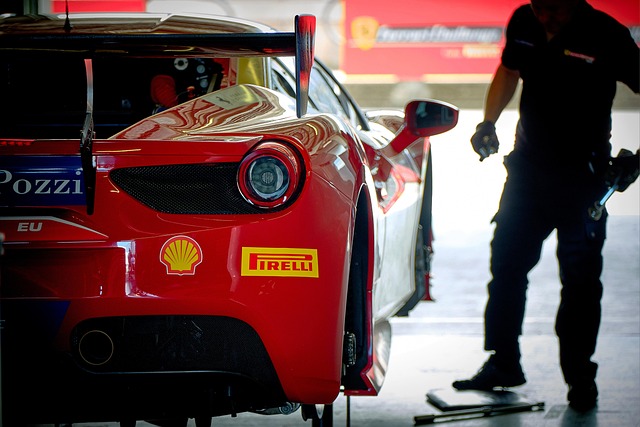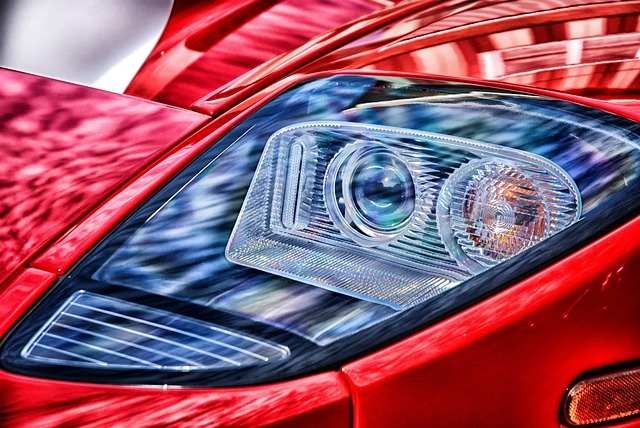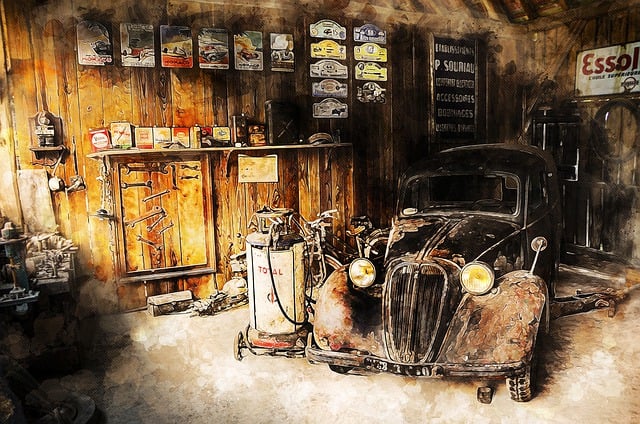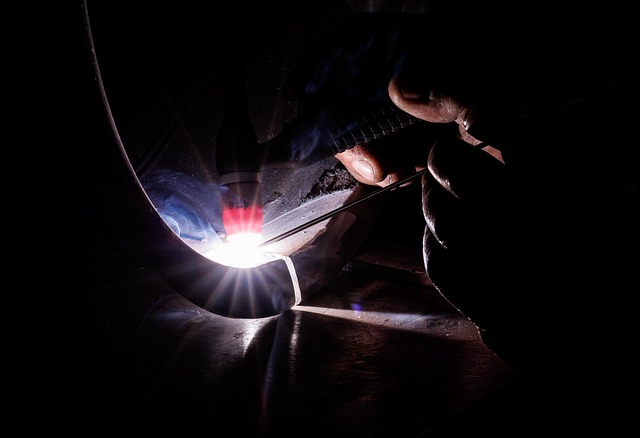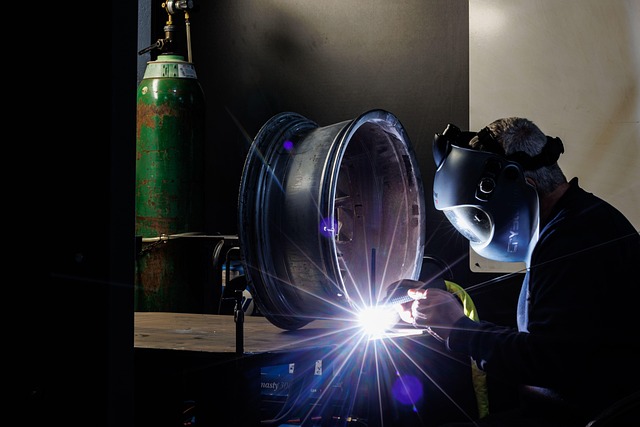The paintless dent repair (PDR) method is an eco-friendly solution for car damage repairs, aiming to reduce environmental impact. It minimizes waste and toxic chemical usage by preserving the vehicle's original factory finish, thus lowering air pollution and greenhouse gas emissions. PDR technicians use specialized tools to remove dents without painting, ensuring durable results that maintain the car's aesthetic appeal while promoting sustainability in the collision repair sector.
The automotive industry’s shift towards sustainability has brought attention to innovative repair techniques, notably paintless dent repair (PDR). This eco-friendly alternative to traditional painting offers significant environmental benefits. Unlike conventional methods that contribute to waste and pollution, PDR minimizes impact by eliminating the need for harmful chemicals and excessive resources. By reducing energy consumption and material waste, PDR not only conserves resources but also fosters a greener mobility culture. This article explores how this method is revolutionizing the repair industry, promoting sustainability, and contributing to global environmental goals.
- Reducing Environmental Impact: A Key Advantage
- – Discussion on traditional painting methods' environmental drawbacks
- – How paintless dent repair (PDR) minimizes waste and pollution
Reducing Environmental Impact: A Key Advantage

The paintless dent repair method offers a significant advantage when it comes to environmental impact. Unlike traditional painting and repainting techniques, which involve toxic chemicals and energy-intensive processes, this innovative approach minimizes waste generation and reduces the carbon footprint significantly. By eliminating the need for new paints and solvents, it not only conserves natural resources but also cuts down on air pollution and greenhouse gas emissions.
This eco-friendly method focuses on restoring original factory finishes without the usual environmental toll. It’s an ideal solution for car scratch repair, bumper repair, or auto frame repair, as it preserves the vehicle’s value while preserving the planet. The paintless dent repair method showcases a responsible approach to automotive care, ensuring both aesthetic restoration and environmental sustainability.
– Discussion on traditional painting methods' environmental drawbacks

Traditional painting methods used in auto body work, while effective for repairing car damage like dents and scratches, come with significant environmental drawbacks. The process often involves toxic chemicals and large amounts of waste generation. In a world where sustainability is becoming increasingly important, this has led to a growing interest in alternative solutions. One such game-changer is the paintless dent repair (PDR) method.
PDR offers a more eco-friendly approach to mercedes benz repair and general auto body work. By eliminating the need for painting, it reduces the release of harmful volatile organic compounds (VOCs) into the atmosphere. Moreover, since PDR relies on specialized tools and techniques to push out dents from the car’s surface, there is minimal waste generation compared to traditional painting methods. This not only benefits the environment but also ensures a more durable and long-lasting repair for your vehicle, making it a popular choice among environmentally conscious car owners.
– How paintless dent repair (PDR) minimizes waste and pollution

The paintless dent repair (PDR) method is an eco-friendly alternative to traditional painting and collision repair services, offering significant environmental benefits. By eliminating the need for new paint and reducing waste materials, PDR minimizes the carbon footprint associated with conventional fender repair processes. During a PDR session, technicians carefully use specialized tools and techniques to realign damaged panels back to their original shape without breaking the paint surface or removing any part of the vehicle’s body. This process significantly cuts down on the amount of chemical waste generated during painting, which is often toxic and contributes to air pollution.
Furthermore, PDR helps to preserve the original factory finish, reducing the demand for additional coatings and paints. This not only conserves resources but also prevents the release of harmful volatile organic compounds (VOCs) into the atmosphere. As a result, choosing paintless dent repair for dent removal can be a significant step towards a greener approach in collision repair, showcasing a commitment to minimizing waste and pollution while maintaining high-quality aesthetics.
The adoption of the paintless dent repair method offers a significant step towards a greener automotive industry. By eliminating the need for traditional painting processes, PDR reduces waste, minimizes pollution, and conserves valuable resources. This eco-friendly approach not only benefits the environment but also promotes sustainability without compromising quality. As awareness grows, the demand for such innovative solutions will likely increase, reshaping the way we address car dents while preserving our planet’s health.




